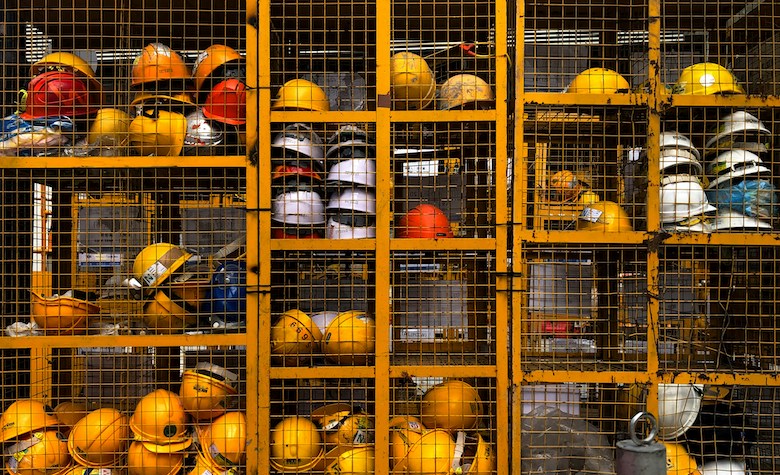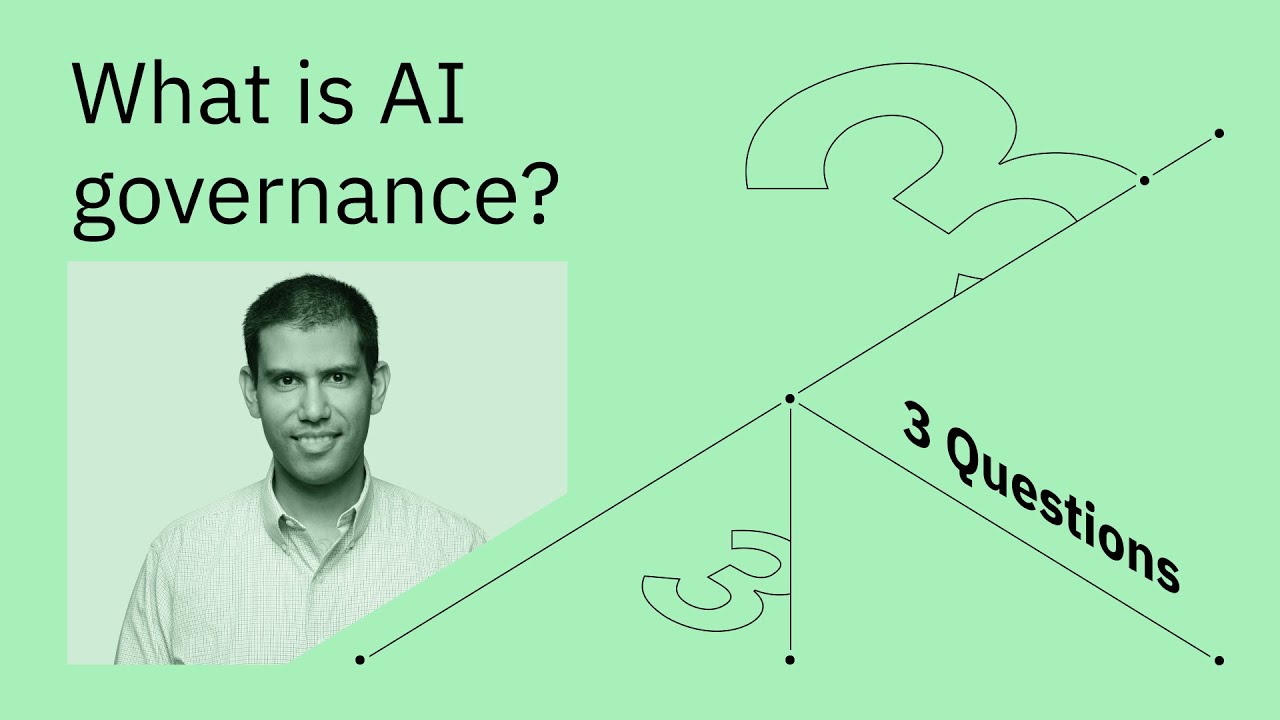
AI safety is a multifaceted discipline that aims to mitigate any adverse outcomes, misuse, or accidents that could arise from the deployment of artificial intelligence (AI) systems. This field incorporates elements of machine ethics and AI alignment, along with technical challenges such as risk monitoring and enhancing system reliability. The AI Safety Institute, an organization supported by the state, is committed to reducing unexpected shocks to both the UK and humanity due to sudden and unforeseen progress in AI. Their goal is to build the sociotechnical framework necessary for comprehending the risks associated with advanced AI and shifting the conversation from theoretical and philosophical aspects towards scientific and empirical evidence.
The Alan Turing Institute has also contributed by providing recommendations on how to responsibly design and implement AI systems within public sector operations. They have identified potential damages that could be inflicted by these systems and suggested ways to mitigate them. The Bletchley Declaration, endorsed by multiple nations, underscores the significance of global cooperation in tackling frontier AI risks and ensuring the safe operation of AI systems.
Utilization of AI for Safety Purposes
The application of Artificial Intelligence (AI) is progressively expanding to boost safety measures in diverse sectors. Here are some notable uses of AI in promoting safety:
-
Instantaneous Detection of Hazards: AI, through image recognition capabilities, can scrutinize work environments using cameras to promptly spot unsafe actions or dangerous situations.
-
Foreseeing Analysis: By examining past data and patterns, AI can foresee potential threats in the workplace, enabling the execution of preventive strategies to reduce accidents and injuries.
-
Virtual Simulations and Training: Employees can utilize AI-driven virtual simulations to rehearse safety protocols, recognize risks, and acquire effective responses within a regulated environment.
-
Data-Informed Decision Making: AI algorithms evaluate data from sensors and wearable devices to discern safety patterns, trends, and problems, assisting organizations in making knowledgeable decisions for resource distribution and process enhancements.
-
Process Automation: By automating labor-intensive processes susceptible to human error, AI allows employees to focus on more intricate tasks such as streamlining prior authorizations in healthcare settings.
-
Detection of Falls: Construction industries can employ AI-powered fall detection software to timely identify falls and lessen worker injuries.
-
Fatigue Monitoring: Facial expression analysis by AI can detect signs of fatigue in workers operating heavy machinery, triggering alerts for rest breaks to ensure alertness and safety.
-
Site Inspections via Drones: Drones fitted with AI can supervise hazardous sites like construction areas without jeopardizing employee safety.
-
Conversational AI for Safety Measures: Chatbots trained on safety procedures can provide real-time answers to employees’ safety-related inquiries, enhancing communication regarding safety.
-
Compliance with Safety Regulations: Workplaces can be monitored for compliance with safety rules such as Personal Protective Equipment (PPE) requirements using computer vision solutions with AI-enabled cameras.
These applications illustrate how AI is transforming workplace safety by proactively averting hazards, enhancing response times, and cultivating a culture of safety consciousness.


